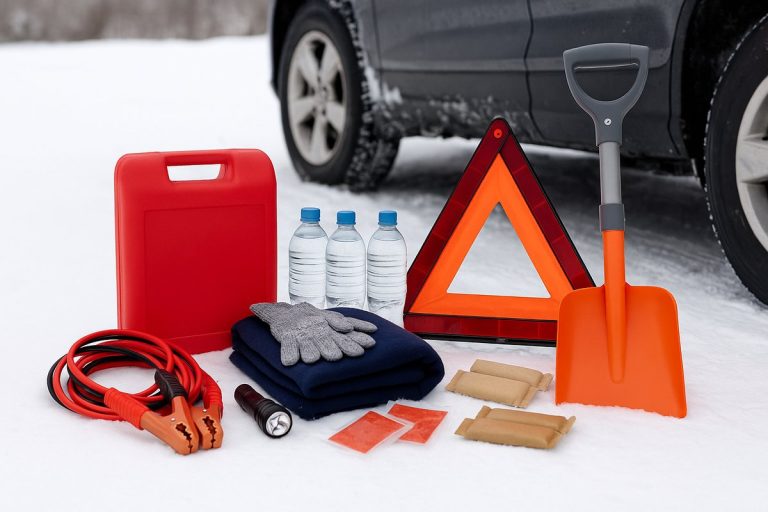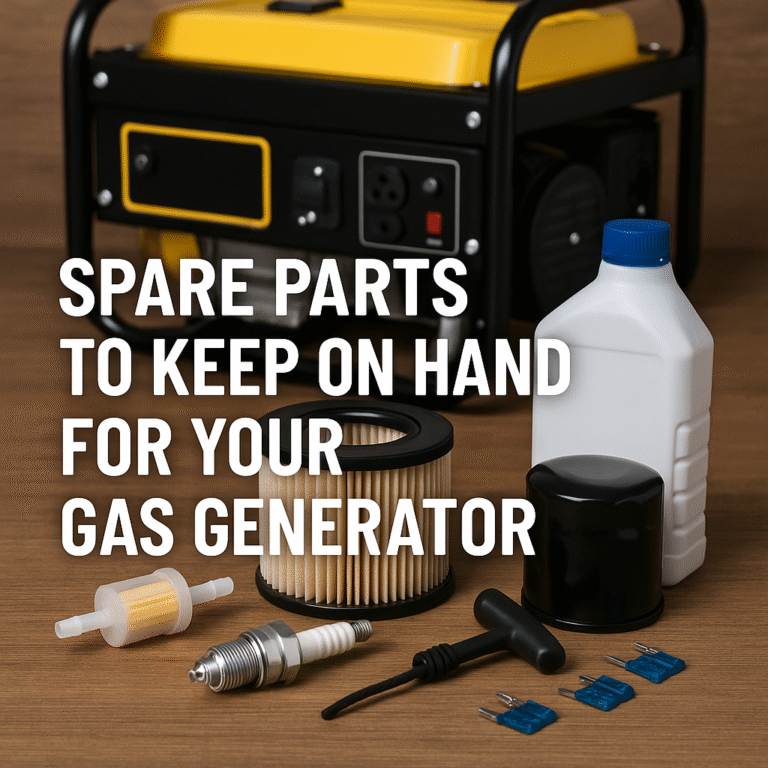When the grid goes down in the middle of winter, the stakes are higher than at any other time of year. Cold temperatures, shorter daylight hours, and storm-related outages can quickly turn a minor inconvenience into a survival situation. For preppers, having reliable off-grid emergency power sources during the winter is not just a comfort—it’s a necessity.
The Challenges of Winter Power Preparedness
Unlike summer outages, winter comes with added obstacles. Solar panels struggle with shorter days and snow accumulation. Batteries lose capacity in sub-zero conditions. Fuel storage is trickier because some fuels thicken or become difficult to ignite in extreme cold. This means redundancy and planning are critical.
Primary Off-Grid Power Sources for Winter
1. Solar Power with Winter Adjustments
Solar remains a cornerstone of prepper power systems, but it needs special considerations in winter.
- Panel Angle: Steeper tilts help shed snow and capture low-angle sunlight.
- Panel Cleaning: Keeping panels clear of snow and ice is essential.
- Battery Storage: Lithium batteries should be insulated or kept in a heated space to maintain performance.
2. Propane Generators
Propane is a solid winter fuel option because it doesn’t gel like diesel or go stale like gasoline.
- Long shelf life if stored properly.
- Can power whole-home backup generators or smaller portable units.
- Easy to store in tanks of various sizes.
3. Wood Gasification
Wood is abundant in many areas, making it an invaluable renewable resource for off-grid preppers. A wood gasifier can power a generator using split logs or wood chips.
- Produces both heat and electricity.
- Ideal if you already cut and season firewood annually.
- Complex to set up but highly sustainable for long-term outages.
4. Biodiesel or Diesel Generators
Diesel engines are efficient and long-lasting, but cold weather is their weak spot. Fuel gelling can be mitigated with winter additives or by storing kerosene blends. For preppers producing biodiesel from crops like canola, this can provide an independent fuel stream.
5. Micro-Hydro Systems
If you have running water on your retreat property, a micro-hydro system is one of the most consistent power producers year-round.
- Not affected by lack of sunlight.
- Works 24/7 if water flow is reliable.
- Requires frost-proof installation of intakes and piping.
6. Wind Turbines
Winter often brings strong winds, which can supplement solar.
- Pairs well with solar for hybrid systems.
- Turbines must be winterized to prevent ice buildup on blades.
- Works best in open areas with consistent wind.
Storing and Managing Winter Power
- Battery Banks: Use insulated battery enclosures or bury battery systems below frost line.
- Hybrid Systems: Combining solar, wind, and generator power ensures redundancy.
- Energy Conservation: LED lighting, efficient heating solutions, and prioritizing essential loads stretch stored power further.
Final Thoughts
Off-grid power during winter is about diversity and redundancy. A single system—whether solar, propane, or wood—can fail when stressed by extreme cold or fuel shortages. Preppers who build layered systems (solar plus generator, or wind plus micro-hydro) are far more resilient when the grid goes down.
Winter is unforgiving, but with the right combination of power sources, your family can stay warm, lit, and secure, even when the storm rages outside.





